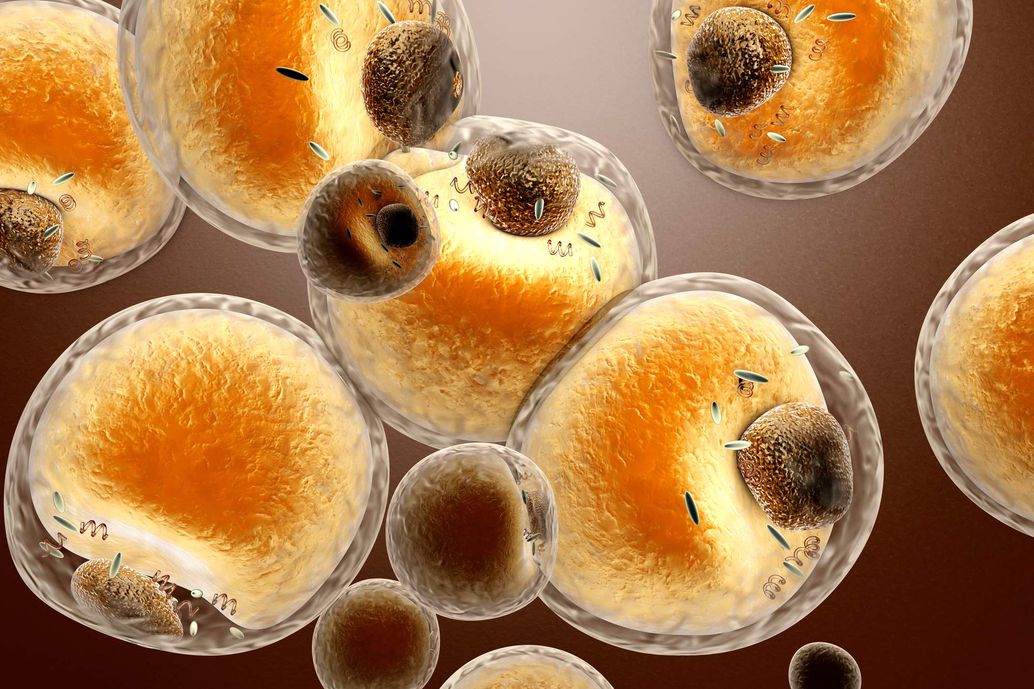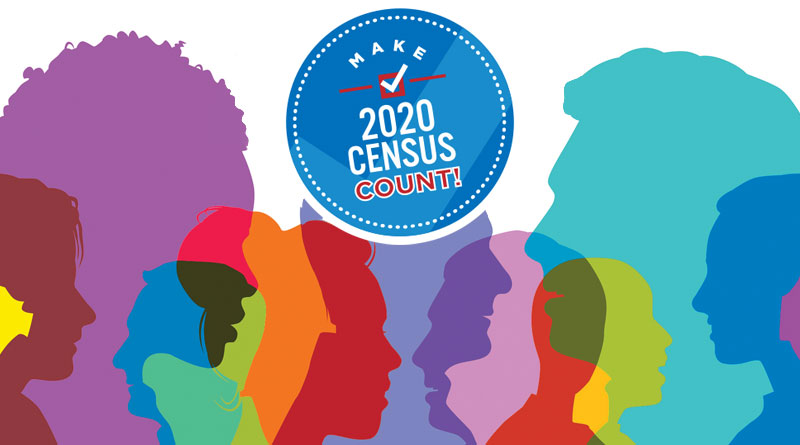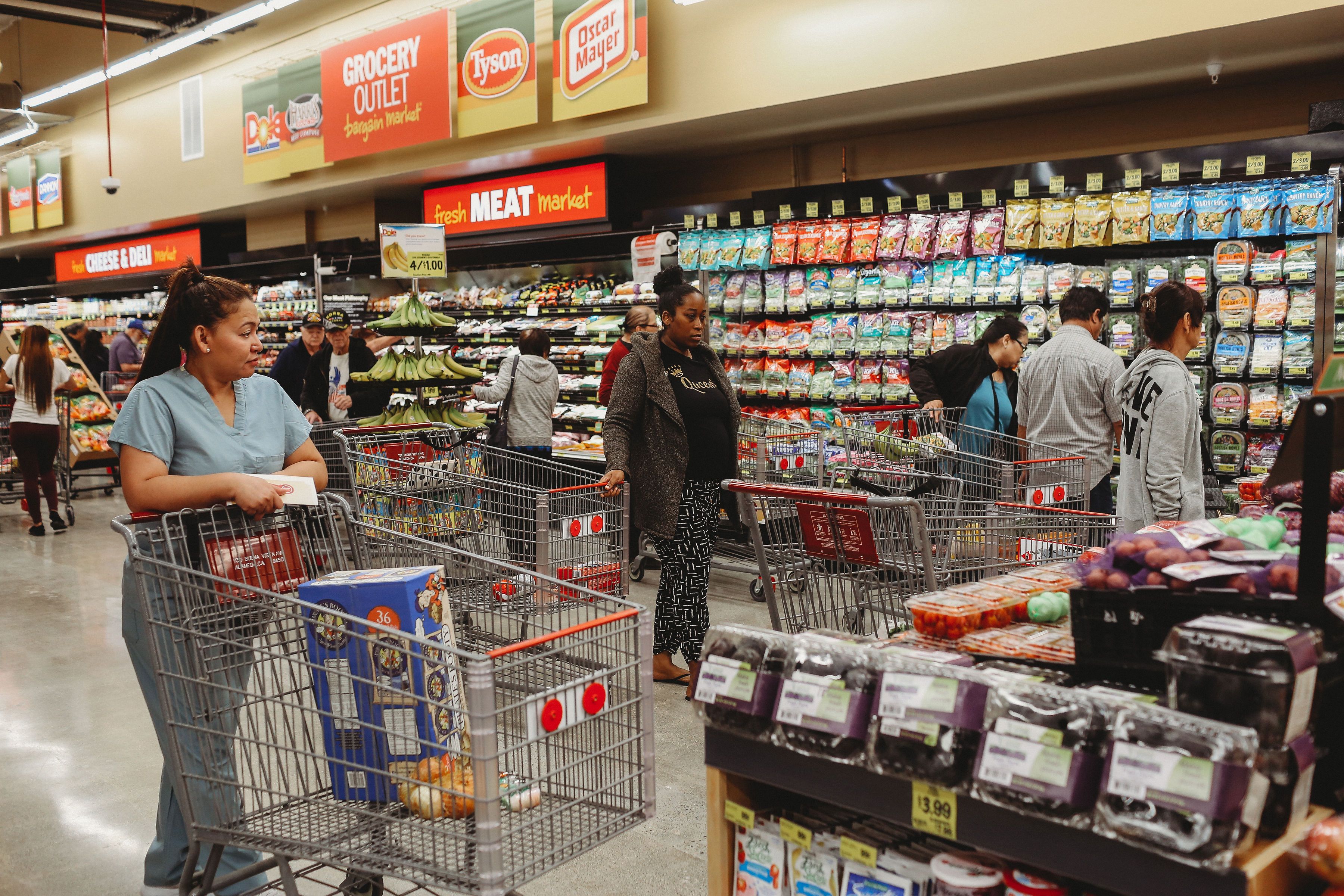by Michael Paulson
Shared from the New York Times
The Broadway actor’s battle with the coronavirus was followed closely by many as his wife chronicled his experience on social media.
Nick Cordero, a musical theater actor whose intimidating height and effortless charm brought him a series of tough-guy roles on Broadway, died on Sunday at Cedars-Sinai Medical Center in Los Angeles. He was 41.
His death was announced on Instagram by his wife, Amanda Kloots. The couple, who moved from New York to Los Angeles last year, have a 1-year-old son, Elvis.
“My darling husband passed away this morning,” she wrote. “He was surrounded in love by his family, singing and praying as he gently left this earth.”
She did not cite a cause, but he had been hospitalized for three months after contracting the coronavirus.
Mr. Cordero’s experience with the virus, which included weeks in a medically induced coma and the amputation of his right leg, was chronicled by Ms. Kloots on Instagram.
Mr. Cordero’s big break came in 2014, when he played Cheech, a gangster with a fondness for theater and a talent for tap who was the highlight of a musical adaptation of “Bullets Over Broadway.” The role won him a Tony nomination.
“Mr. Cordero never pushes for effect, even when he’s leading a homicidal dance number to ‘’Tain’t Nobody’s Biz-ness if I Do,’” the critic Ben Brantley wrote in his New York Times review. “And somehow, this dopey, mass-murdering thug and the actor playing him stand out as being far more endearingly earnest than anybody else.”
He went on to play the abusive husband of the title character in “Waitress” and a mentoring mobster in “A Bronx Tale.”
“The terrific Mr. Cordero radiates a cool charisma that mixes a surface geniality with shrugging ruthlessness,” the critic Charles Isherwood wrote of “A Bronx Tale” in The Times.
Mr. Cordero fell ill on March 20 with what was initially diagnosed as pneumonia and later as Covid-19, Ms. Kloots said in a series of Instagram posts.
For weeks, he was kept alive with extensive treatment, including the use of a ventilator, dialysis and a specialized heart-lung bypass machine; he endured brief heart stoppage, minor heart attacks and sepsis, Ms. Kloots said, as well as the leg amputation and a tracheotomy.
As he remained unresponsive, she began daily playing a song that he had written, “Live Your Life,” and encouraging others to do so as well.
Many people joined in online, sharing videos of themselves singing and dancing as they tried to encourage his recovery with the hashtag #WakeUpNick. Alumni of musicals including “Waitress,” “Good Vibrations” and “Rock of Ages” recorded online performances for him, as did a group of musicians led by Constantine Maroulis and Steven Van Zandt.
“We sang it to him today, holding his hands,” Ms. Kloots said in her Instagram post announcing his death. She said that as she sang the words “They’ll give you hell but don’t you let them kill your light/Not without a fight” from the song’s final verse, “I smiled because he definitely put up a fight. I will love you forever and always my sweet man.”
The actor Zach Braff, in whose guesthouse Ms. Kloots has been living with her family while Mr. Cordero was hospitalized, said on Twitter: “I have never met a kinder human being. Don’t believe that Covid only claims the elderly and infirm.” Mr. Braff, Mr. Cordero’s co-star in “Bullets Over Broadway,” added, “I am so grateful for the time we had.”
Ms. Kloots’s frequent updates on Instagram, interspersed with short video clips from well-wishers, periodically had encouraging news; on April 24, Ms. Kloots said that Mr. Cordero had two negative Covid-19 tests.
“We think the virus is out of his system, and now we’re just dealing with recovery and getting his body back from all the repercussions of the virus,” she said. And on May 12, she said he had woken up after the lengthy medically induced coma.
But he continued to battle a lung infection, and by May 20 she told her followers that “unfortunately things are going a little downhill at the moment” and asked for prayers.
In recent weeks, he had been able to respond to some communication with his eyes but remained immobile, according to his wife.
Nicholas Eduardo Alberto Cordero was born on Sept. 17, 1978, in Hamilton, Ontario. His parents were both teachers — his father, Eduardo, was originally from Costa Rica, and his mother, Lesley, from Ontario.
A drama kid who performed frequently as an adolescent in shows at school and local theaters, he attended Ryerson University in Toronto to study acting but dropped out to join a band called Love Method.
His professional acting career began with “Tony n’ Tina’s Wedding” in Toronto, followed by a two-year stint working on cruise ships.
In 2007 he moved to New York, and by 2008 the 6-foot-5 performer was starring in a small musical called “The Toxic Avenger,” first in New Jersey, and then Off Broadway.
“Mr. Cordero morphs convincingly from supernerd to slime-dripping hulk, retaining traces of geekery that glimmer appealingly from under the neon-green gunk,” Mr. Isherwood wrote.
After a period of unemployment, he was cast in the national tour of “Rock of Ages,” and then in 2012 he joined the Broadway cast of that long-running show; another stretch of joblessness prompted him to consider a career in real estate.
But then he landed his breakout role in “Bullets Over Broadway.” It was also there that he met Ms. Kloots, who was a dancer in the ensemble.
In Los Angeles this year, he returned to a familiar show reconceived for a new setting, appearing in a bar-based version of “Rock of Ages,” staged in a nightclub.
In a 2014 interview, he reflected on the challenge of finding his way into the roles coming his way.
“The producer kept telling me, ‘Get tough. Get mean. Get angry,’ ” he said. “But I’m a nice guy. I’m Canadian.”









